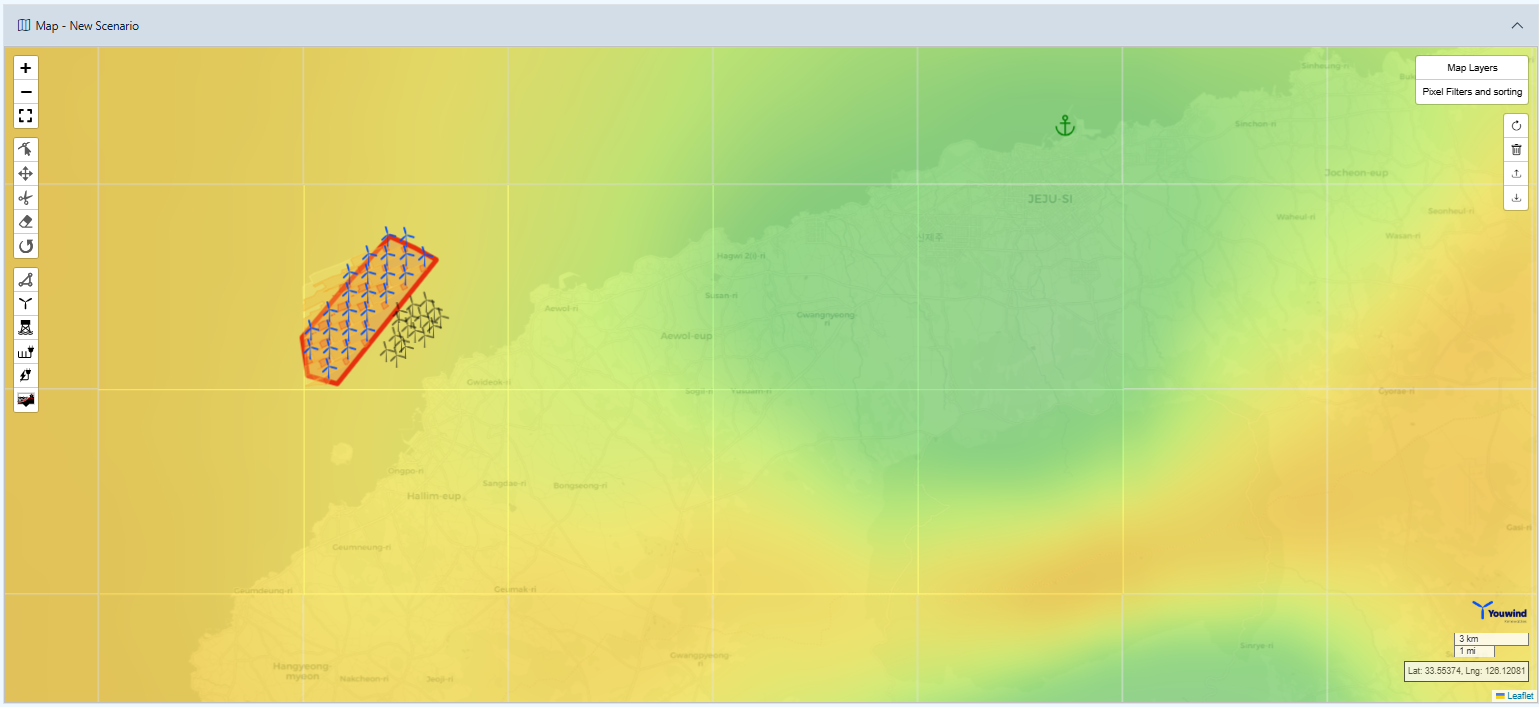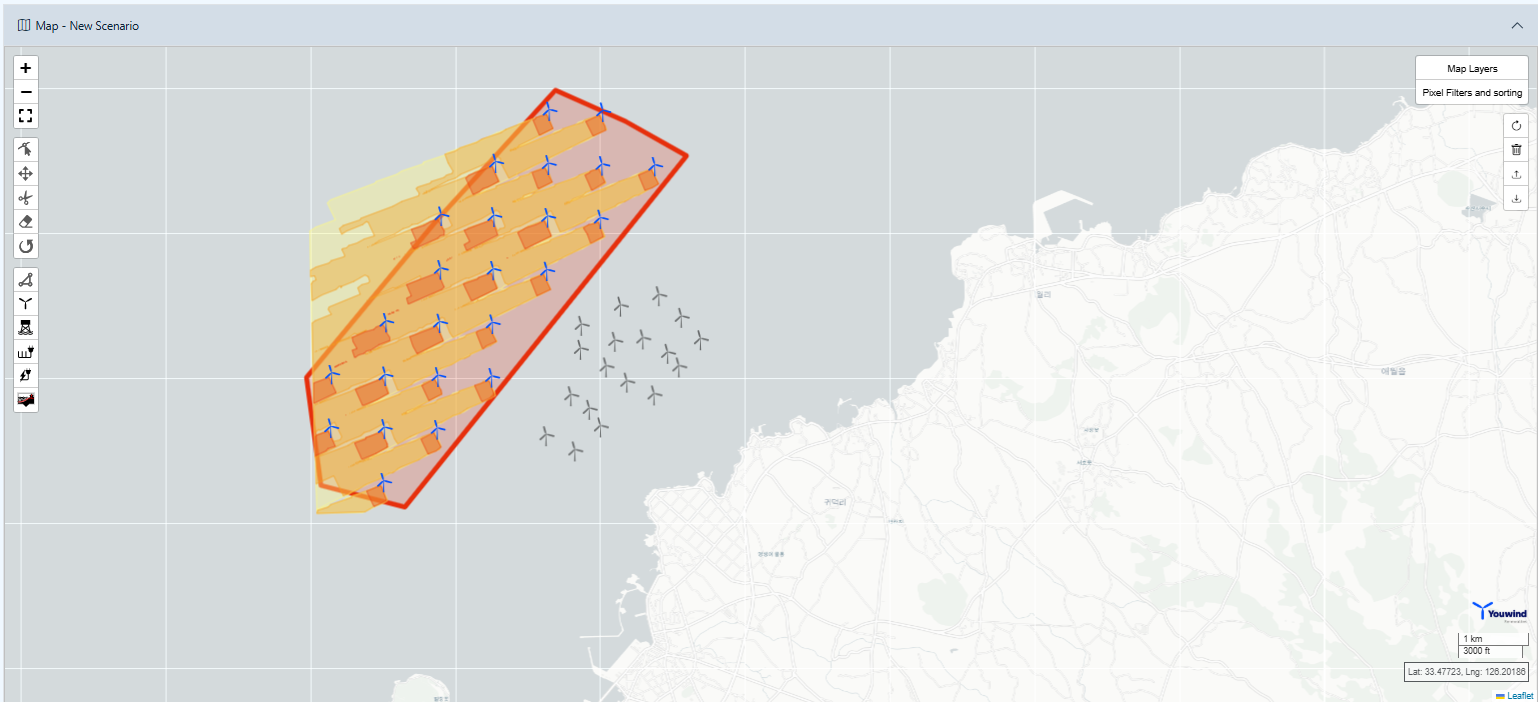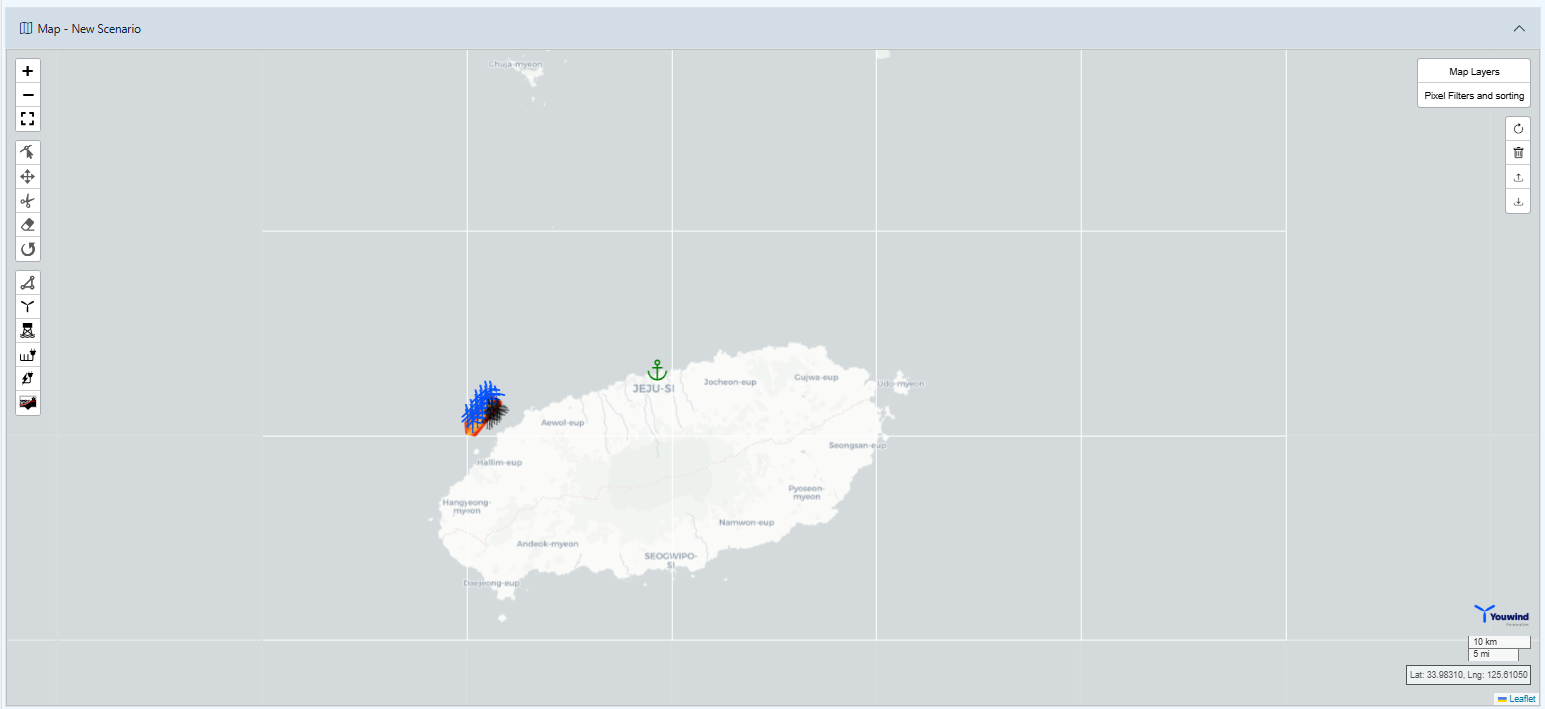Addressing Capacity Lag in Offshore Wind
At the UN’s COP28 climate change conference last year, an agreement was reached to triple global renewables capacity by 2030. As such, meeting ambitious global wind energy targets has become increasingly urgent — yet the industry faces a significant capacity shortfall. Wind power growth is projected to rise only 5 percent next year, a stark difference compared to solar power’s 34 percent increase. This capacity gap is compounded by technical challenges like wind wakes — areas of reduced wind speed created by turbines — that can lower overall efficiency and impact energy yields.

Beyond technical hurdles, the wind sector must also balance economic and environmental considerations to scale sustainably. As wind farms increase in size and number, these challenges will intensify, especially in crowded offshore zones where large-scale projects are concentrated. To make a start in addressing these challenges, the wind industry must adopt the latest wind farm control methods, collaborate with research bodies, and embrace regulatory frameworks that support sustainable expansion.
The challenge of wind wakes
One of the primary challenges in wind energy production is the phenomenon of wind wakes, which occur when wind turbines disrupt the flow of air, leading to slower wind speeds downstream. This reduction in wind speed can impact the performance of other turbines in a wind farm or adjacent farms, ultimately reducing overall power generation. Wind wakes have been acknowledged for decades, but as turbine and wind farm sizes grow, so do the effects of these wakes.
Historically, industry models assumed that wake effects dissipate within a short distance, typically around 2 kilometers. However, as offshore projects scale up, the limitations of these legacy models are becoming apparent. Experts have observed wake effects trailing up to 100 kilometers, potentially reducing energy production by as much as 15 percent. As such, attention has turned from wakes cast turbine-to-turbine, to those cast from wind farm to wind farm.
Not only can wake effects hinder power production within the wind farm, but they also lead to “wind theft” between wind farms, introducing the risk of disputes and jeopardizing financial returns. This issue is particularly pressing in regions like the North Sea, where countries are targeting 300 GW of offshore wind capacity by 2050. Currently, some legal mechanisms, like wake loss agreements, exist to address the impact of wakes on neighboring wind farms. However, internationally recognized legislation is needed to ensure developers are protected.

A new approach to wind farm optimization
The wind sector’s path forward includes adopting innovative control methods to wake steering, a technique that deliberately redirects wakes away from downstream turbines to increase energy production and reduce stress on equipment. Wake steering is a promising solution but requires extensive fine-tuning, as its success depends on factors such as wind farm layout, turbine specifications, and weather conditions.
Beyond technological solutions, collaboration between industry and academia is crucial for resolving knowledge gaps and refining the technology. Academic institutions provide valuable research insights that are not solely profit-driven, but also consider environmental sustainability. Whether wind wakes are being underestimated or not is still a debated topic in the industry, making it crucial for private developers to collaborate with experts in academia who are researching this phenomenon — especially with issues like wind theft potentially causing conflicts.
The SUDOCO Project:
The SUDOCO project, a collaborative effort involving key industry players, is developing solutions to these challenges. This includes a focus on integrating control methods for wake steering (as well as more novel wake control approaches), identifying approaches that result in a gain in annual energy production and a reduction of structural loads due to wake turbulence. This research work, done in close collaboration with academia, are key elements of SUDOCO’s holistic approach to optimization, which encompasses not only technical factors but also economic and environmental considerations.
In a recent academic paper led by TU Delft PhD candidate Matteo Baricchio, SUDOCO introduced an innovative co-design approach to wake steering. Using a tailored genetic algorithm, this method enhances design space exploration and has demonstrated up to a 1.6 percent gain in annual energy production (AEP) through the co-design approach — around 1.2 percent from the wake steering control, and an additional 0.4 percent from the co-design. The paper shows that with the co-design approach, the wake steering gain (which is typically between 0.5 and 1.5 percent) can be improved by about a third — an important step in improving energy output in various operational scenarios.
The implications of wake steering extend beyond individual projects. As offshore wind clusters grow, ensuring that each farm operates optimally without impacting its neighbors will be key to meeting renewable targets. By deploying strategies like wake steering, wind farms can coexist more harmoniously in clusters, preserving the integrity of each farm's output and maximizing resource utilization across regions.

Conclusion
The path to achieving global renewable energy targets is far from straightforward; the current capacity gap illustrates the urgency of adopting new approaches. Projects like SUDOCO are at the forefront of this transformation, demonstrating that, with the right innovations, it is possible to optimize wind farm performance while balancing environmental and economic concerns.
The wind industry is positioned to play a central role in global decarbonization, but meeting capacity targets will require more than just building new turbines. It will demand smarter and more integrated solutions that consider the entire ecosystem of wind farms. Focusing on next-generation solutions through the SUDOCO project will help to create a more sustainable and effective wind industry.
Edvald Edvaldsson is CTO & Co-Founder of Youwind, which helps companies streamline and optimize the initial phases of offshore wind project development.
Youwind | youwindrenewables.com
Author: Edvald Edvaldsson
Volume: 2025 January/February








